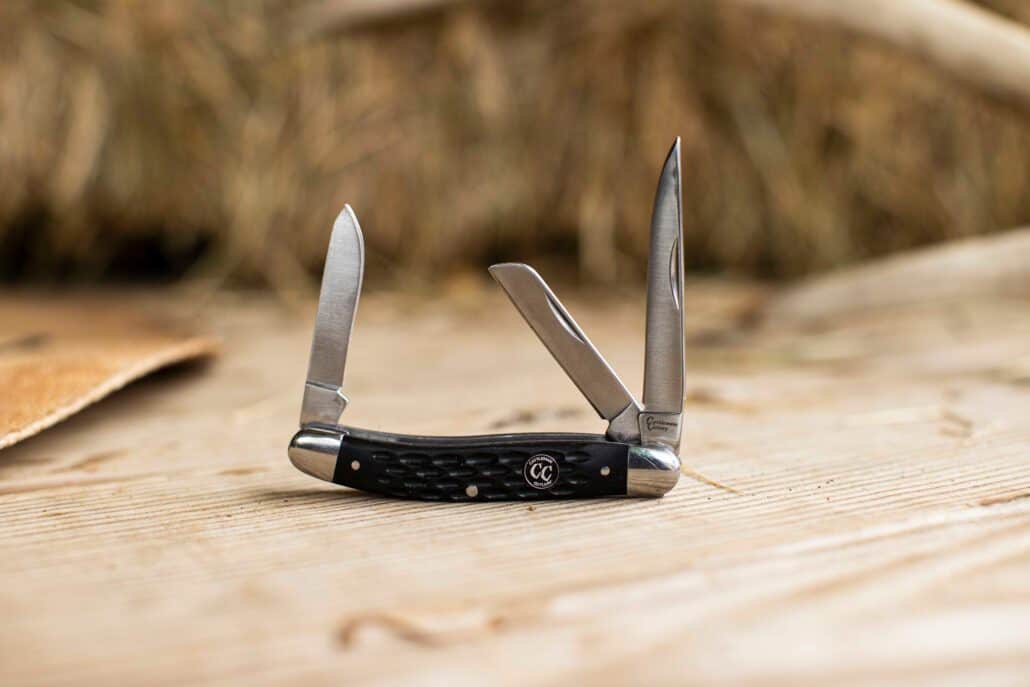
Before you invest in your next blade, consider these five factors to choose the best model for your needs:
- Blade Edge: While serrations can make cutting through thick, hard materials easier, knives with a plain edge are easier to control when slicing and sharpening at home as they slowly dull over time. Cutting through a lot of stubborn cords? Serrated might be a better option. Looking for a more versatile blade that’s easy to maintain? Opt for a plain edge.
- Blade Shape: From the standard clip point on most pocket knives to gut hooks for more specialized jobs, blades come in a variety of shapes. Consider what functions you’ll need your job to perform to settle on the best blade type. For most everyday carry or basic jobs, clip point or drop point blades are good options.
- Blade Steel: Use case will also play a role in what type of steel you should choose. For excellent edge retention and corrosion resistance, you can’t beat D2 steel. Stainless steel can be a solid choice for durability, but it doesn’t offer the same fine edge or easy sharpening as carbon alloys. There are some tradeoffs with any choice, so determine your performance non-negotiables.
- Handle Construction: Good handle design is not only essential to ergonomics — it’s critical to safe operation. Generally, you should look for a handle that’s large enough to comfortably grip and won’t slip around in your hand when you’re using it. A durable G10 with texture is a great option.
- Locking & Opening Mechanisms: Safety is again a key concern, but you also don’t want to sacrifice too much convenience. If you’ll need to deploy your blade with one hand, go with an automatic or assisted knife. Once the blade is open, you’ll want some peace of mind that it won’t suddenly close on your fingers. Liner locks and other mechanisms are great for an added layer of protection.








